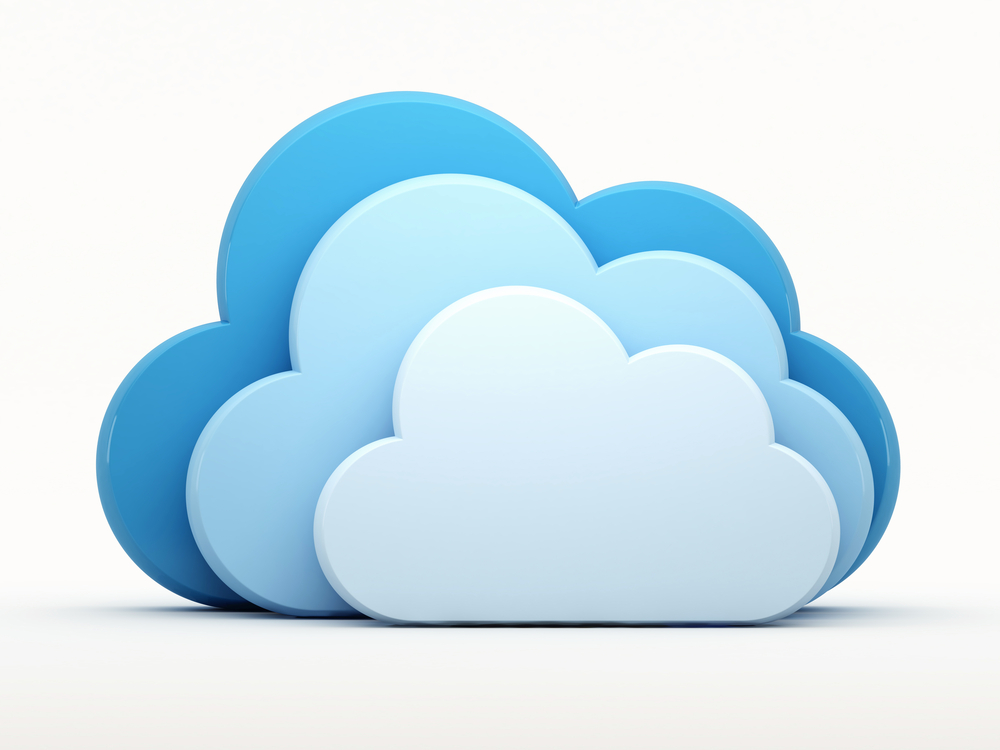
A guest blog post by Derek Singleton, Managing Editor at Software Advice
At Software Advice, I review enterprise applications and help buyers understand the CRM software market. As part of my work there, I recently created a tool to help software buyers compare the total cost of ownership (TCO) of on-premise and software-as-a-service (SaaS) solutions. The process of creating the tool (screenshot above) was a great exercise in understanding what impacts the TCO of a SaaS investment and the true cost savings of SaaS.
1. The biggest cost savings of SaaS come from outsourcing IT
To understand the true savings of SaaS, you have to look beyond the licensing and subscriptions. The major SaaS savings stem from not having to host and maintain the software on your end. Since SaaS vendors like Fision take on the heavy lifting of hosting and maintaining the software and ensuring data security, internal IT costs are limited with a SaaS purchase. This can be a significant cost saving for small to mid-sized businesses with limited budgets.
2. With SaaS, your infrastructure investment is limited
Many on-premise systems today have a web-based architecture. As a result, they demand less computing power on the desktop and you may not need to purchase new PCs for a new software system. However, on-premise buyers often need to buy new server hardware to properly power the application behind the scenes – and these costs can add up. A $60,000 on-premise license, for instance, could require a $25,000 hardware investment. And there are additional costs that arise from maintaining the hardware and keeping everything running smoothly each year.
SaaS buyers, on the other hand, will not have to plan for the same level of server hardware investment. Some may want to purchase a backup server to back up company data from their provider. And they may also decide to purchase hardware for users; for example, many companies are making large purchases of tablet devices as they roll out new SaaS systems. But even with this investment, hardware costs are typically much lower with a SaaS system.
3. Since SaaS vendors roll out upgrades globally, upgrade costs are limited.

If you purchase an on-premise system, you will likely have to replace it in about five years. Your replacement cost will be similar to your original hardware investment, which can be a significant cost for a small to medium-sized business.
Additionally, at year five, on-premise buyers will probably want to upgrade their software to the latest version. And the cost of a system upgrade can be reflected in all areas of your software purchase. For instance, if you’ve customized the system, you may need to ensure that your customizations remain intact. Sometimes, if you’ve added users to the system prior to upgrade, you may need to purchase additional licenses.
On the SaaS front, upgrades tend to be more iterative and are rolled out on a frequent basis – limiting upgrade expenses down the road. This is the major reason the TCO of SaaS and on-premise systems diverge around year five in our model.
Naturally, coming up with a refined TCO model requires you to do a little homework: For instance, you should model your expected costs in the event of organic or inorganic business growth. The choice between SaaS and on-premise is more difficult than simply looking at your options from a cost standpoint. But this should point you in the right direction, and help you understand some of the characteristics of the Cloud that help reduce your TCO.
Do you have any advice to offer about how to evaluate the TCO of SaaS systems? Leave a note below.
